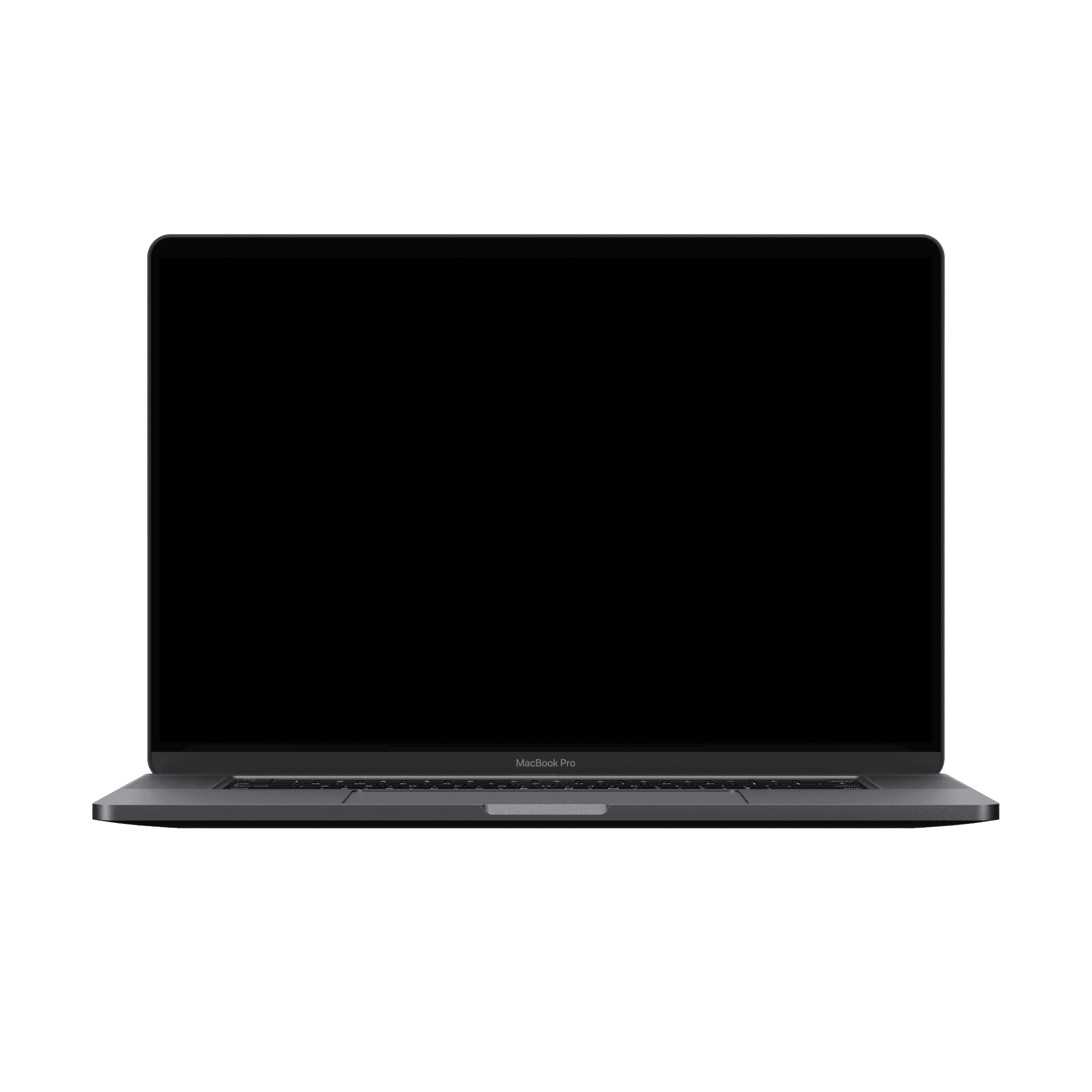Unraveling User Navigation Challenges: A Deep Dive into Customer Portal Usability
Understanding the root causes of navigation challenges





Role
UX Designer,
UX Researcher
Timeline
8 months
Aug 2023' - Mar 2024'
(with continuous iterations)
Contributions
User Research, Card Sorting, Feature Prioritisation, Usability Testing, Design QA

Background
In 2024, we had persistent declining NPS numbers with high numbers of feedbacks on our analytics platform, regarding navigating the customer portal to find features like updating of payment modes and submission of claims.

We took put on our thinking hats and identified multiple sources of qualitative feedback which we consolidated to solidify our case for proposing this redesign.
Affinity mapping
Helped us distill insights from qualitative feedback on our analytics platform
Highest number of feedback were regarding navigating the portal, claims and payment.
Digital Adoption Tool
Introduced a support button earlier in the year, which aided users in finding what they are looking for on the platform.
Highest search key words were claims and payment

Problem
When users access the customer portal, they do so with a specific action to complete — making claims or payment. But they have issues finding these features which are housed within the services tab; Also are they aware of where the feature they are looking for is being sorted within the services tab?

Research
We carried out some research studies to validate our hypothesis and identify the key issues that we actually faced here.
Research Methodologies:
User Interviews
Card Sorting
Usability Testing

Design Hypothesis
1️⃣ The customer portal dashboard and navigation currently does not actually meets what a user needs
2️⃣ Does a user actually know where to find policy management features that they need?

User Demographics
Sample Size: 10
Age: 23 - 40 years old
Gender: Male & Female
Have Insurance: Have their own insurance
Singlife App & Customer Portal Familiarity: None
Note: We chose to test with non-Singlife Customer to prevent any cognitive bias.

Design Vision
Some of our key design considerations for user status notifications includes the following
Clarity in Terminologies
Labels and categories that actually resound with the users
Less is more
It is not about trying to fill the screen with information but knowing what to show
Accessibility is key
Ensuring that all possible touch points for the redesign is covered

Solution
Through a few rounds of iterations and design critiques, we finalised with these screens as an enhancement for the portal redesign.
Click on images below to get a clearer view and explainer on the design decisions.
Design Solution 1
Essentials for self servising:
What really matters to users
💡 Identified that self-servicing is key for customers that comes to the dashboard
💡 Introduced a Homepage and introduced services on to the landing page, while bringing quick links on to the home page too.
Design Solution 2
Find what matters faster:
Intuitive Categorisation
💡 Categorisation is key as mentioned by users some of the features don't seem intuitive to be sorted in the respective categories, not that it is wrong.
💡 Realised that some features were sorted based on technical capabilities, while some were sorted by alphabetical order.
Design Solution 3
A matter of perception:
Two different mental models
💡 Users approach to finding of services are dependent on how they think of it as. Action based or Policy based
💡 We worked with another squad to implement features that allows for users to take seamlessly take action on the policy level.

Back to top

Retrospective
The revamp of the portal has taught me a lot about the users and opened my eyes to a lot of cross team collaboration across multiple departments and squads, and it takes a village to raise a child is indeed a statement to bear in mind when building products.

Hypothesis vs assumptions
I have learnt that it is great that we have a hypothesis starting a project and identifying issues. But we should never assume and project these on to the users, which is extremely important in user interviews.

Navigation and accessibility is king
One valuable lesson I learnt is rushing to ship and have elaborate features is important, but if a user is unable to find or access it, it is essentially a useless feature.

Taking a step back
When designing, or carrying out research, sometimes we might fall too deep and get lost in it. It is ok to take a step back to gather a more holistic view when you feel overwhelmed by all the information.








